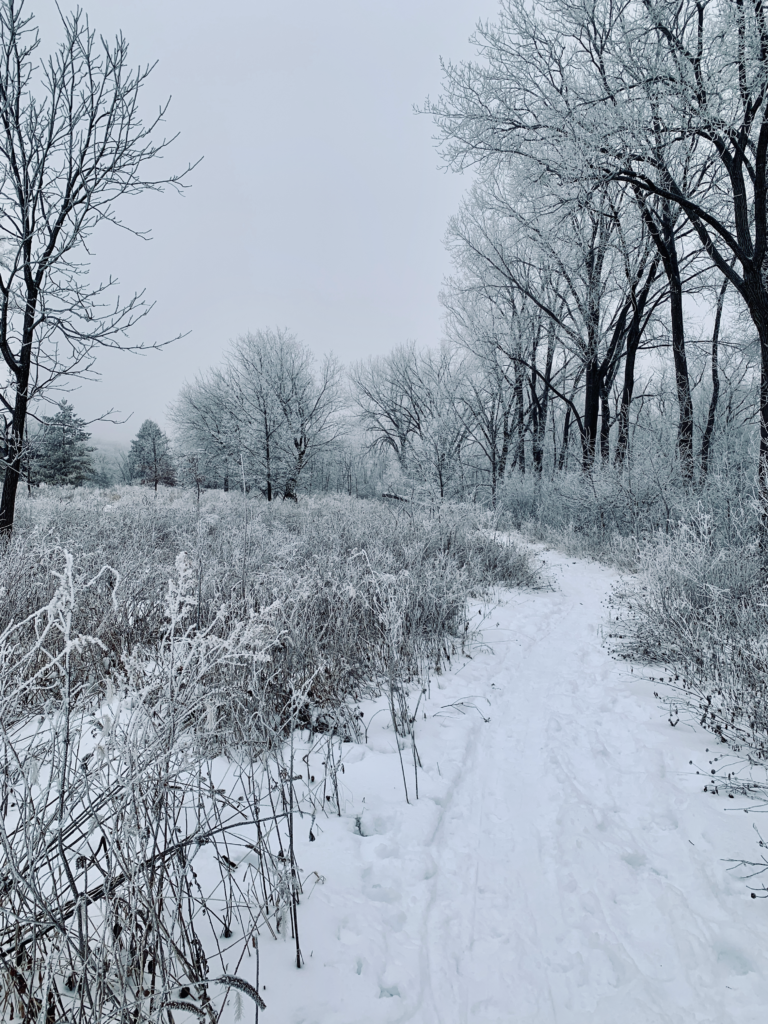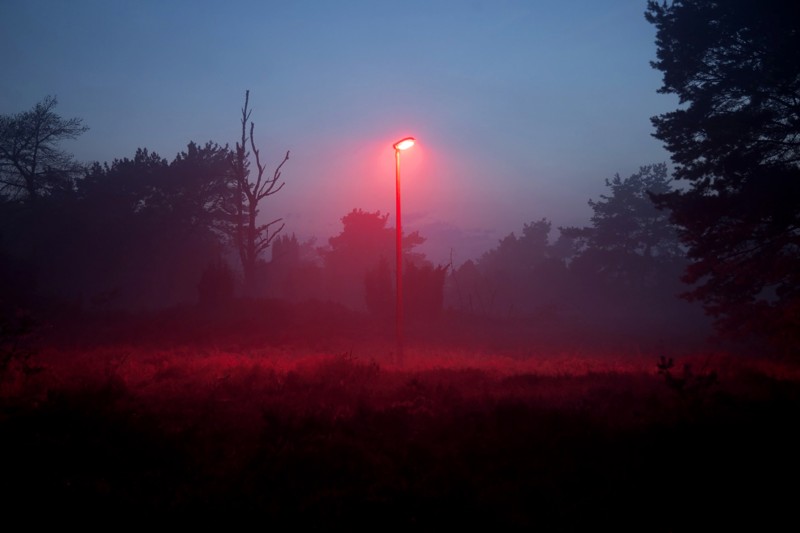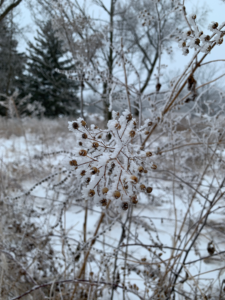The frost and fog combination (hoar frost) around Geneva Lake in the past week have gifted us with beautiful crystalline tree-lined streets, and spectacular views along the shoreline. The extremely foggy and quiet night air allowed the crystals to grow. The views have been amazing While we have all been enjoying the scenery, the dense nighttime fog revealed how much light we send skyward after dark. My after-work walks were exceptionally well-lit

No day goes by without an evening walk with my dog Ranger. In the winter, that usually means a hike around the Williams Bay Schools, only a few feet from my backyard in the dark. This week, I was only a little surprised to observe that at 6 p.m. I was able to see Ranger clearly hiking across the field and the colors of my jacket and mittens were clearly visible. Reflected light from the elementary school parking lot was amplified by the fog and the snow cover providing sufficient illumination to read by.
A news feature on the Nature Journal website (Jan. 16, 2018) provides a good overview of ecosystem effects of nighttime lighting. We often hear about the more obvious effects of lighting on the hatchling sea turtles’ ability to reach the safety of the ocean or the millions of insects that die from direct heat or exhaustion when attracted to lights. Less well understood are the effects on urban trees or the survival rates of various songbirds. We know that light pollution can even lower soybean yields in light-polluted fields but to understand how these individual findings interconnect needs more investigation. Read more

